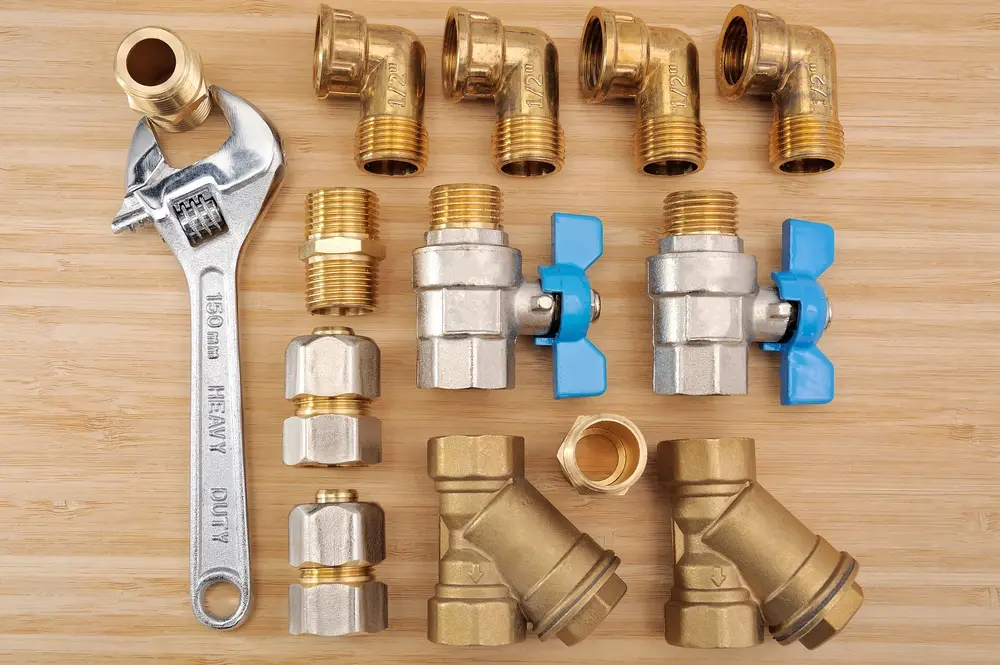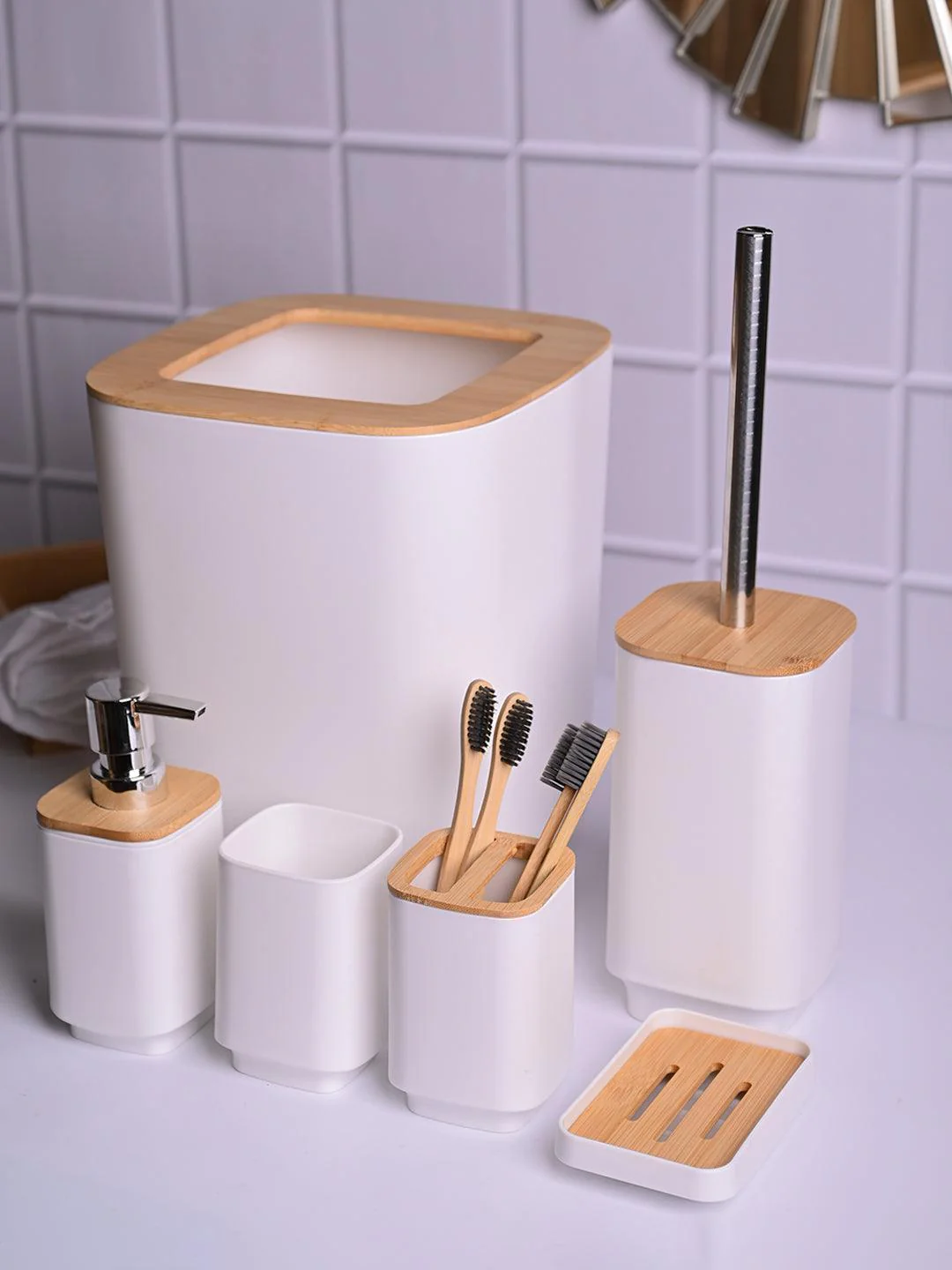Plumbing fixtures are components that connect directly to a home’s water source in order to deliver, drain, and manage its flow of water. There are various styles and designs of fixtures available that suit different needs or aesthetic preferences.
Selecting the proper plumbing supplies can help prevent leaks, backflow, and other water line-related problems in your home. Shop ESP for all of your repair and replacement parts needs.
Elbow Fittings
Elbow pipe fittings are used to redirect the flow of water. Equipped with male threads on both ends, they make them easy to connect to female plumbing devices such as valves and flanges. Street elbows are an especially popular form of pipe fitting as they eliminate the need for nipple fittings and can easily fit in tight spaces.
A reducing elbow is designed to change direction while simultaneously decreasing pipe diameter, and its gradual diameter reduction over its arc can reduce resistance to flow while also decreasing stream turbulence and internal erosion risks.
Clamp Fittings
Standard clamps are traditional supports for pipes that transfer their weight onto a supporting base. They typically consist of two halves connected by locking bolts and are typically constructed of steel; certain styles even feature rubber lining to reduce vibration and noise pollution.
PEX pinch clamp connections, also referred to as cinch or pinch connections, utilize stainless steel clamp rings that can be tightened using a specialized crimp tool for watertight seal and avoid issues like water hammer and pipe loss.
Couplings
Couplings connect pipes that share a common diameter easily and quickly, with installation being effortless. You can choose from standard, compression, or slip varieties. Rubber seals or glue may prevent leakage on either end to prevent leakage from happening while they can also help repair specific sections of damaged pipework.
Sleeve couplings consist of a flexible tube fitted with a key section designed to secure the shaft. They can accommodate for slight misalignment between both shafts.
Cross Fittings
Pipe cross fittings provide a way for fluids and gases to flow smoothly and are available in different shapes and sizes to suit various applications.
These devices include one inlet and three outlets arranged at an angle relative to their main line connection or inlet, each having equal or decreasing diameter openings.
A wye differs from a cross in that its ports feature curved inlets. Wyes can become stressed when temperatures shift; however, they tend to be more stable than crosses.
Reducers
Plumbing accessories like reducers can connect pipe fittings of different diameters together. These specialized components come both concentric and eccentric variations to fit specific pipe types.
Nipples are short stubs of male-threaded copper, brass, steel or chlorinated polyvinyl chloride (CPVC) pipe fittings used to connect two other pipe fittings together, often without air gaps between them. Also referred to as close nipples they make an airtight seal without an air gap between fittings allowing branch lines and tight spaces without air leakage; making nipples an efficient and less bulky alternative than couplings.
Tee Fittings
A tee pipe fitting features two parallel side openings with one central opening. It can be used to divert water flows into different pipeline sections or join pipes together, as well as change their direction or reverse their flow direction.
Threaded tees come in various sizes and materials. Equal tees or reducing tees may be available depending on their size; while nipples are small pipe stubs equipped with male pipe threads on either end for quick connection.
Unions
Fresh water flows to plumbing fixtures through pipes while wastewater travels out through drainpipes to toilets, tubs, showers and sinks. Vent stacks allow sewer gases to escape safely while traps prevent clogs from blocking drainlines. Caps and plugs serve to seal dead ends used for inspection or cleanouts.
Unions provide an easy, non-permanent connection between two pipes and allow maintenance work to be performed without solvent welding or soldering being necessary. They consist of male and female ends joined together by a nut.
Valves
Valves are used to control and direct flow within a pipe system. Their performance depends on several characteristics that determine their optimal use; such as size, material and operating conditions of their bodies.
Valve materials range from common metals like iron and bronze to non-metals, such as plastic. Your choice of material has an impactful influence on its efficiency, performance, and durability.
Some valves only allow water to flow in one direction, preventing backflow, while safety and isolation valves may close when pressure exceeds an acceptable limit to prevent leakage and potential flooding issues.




